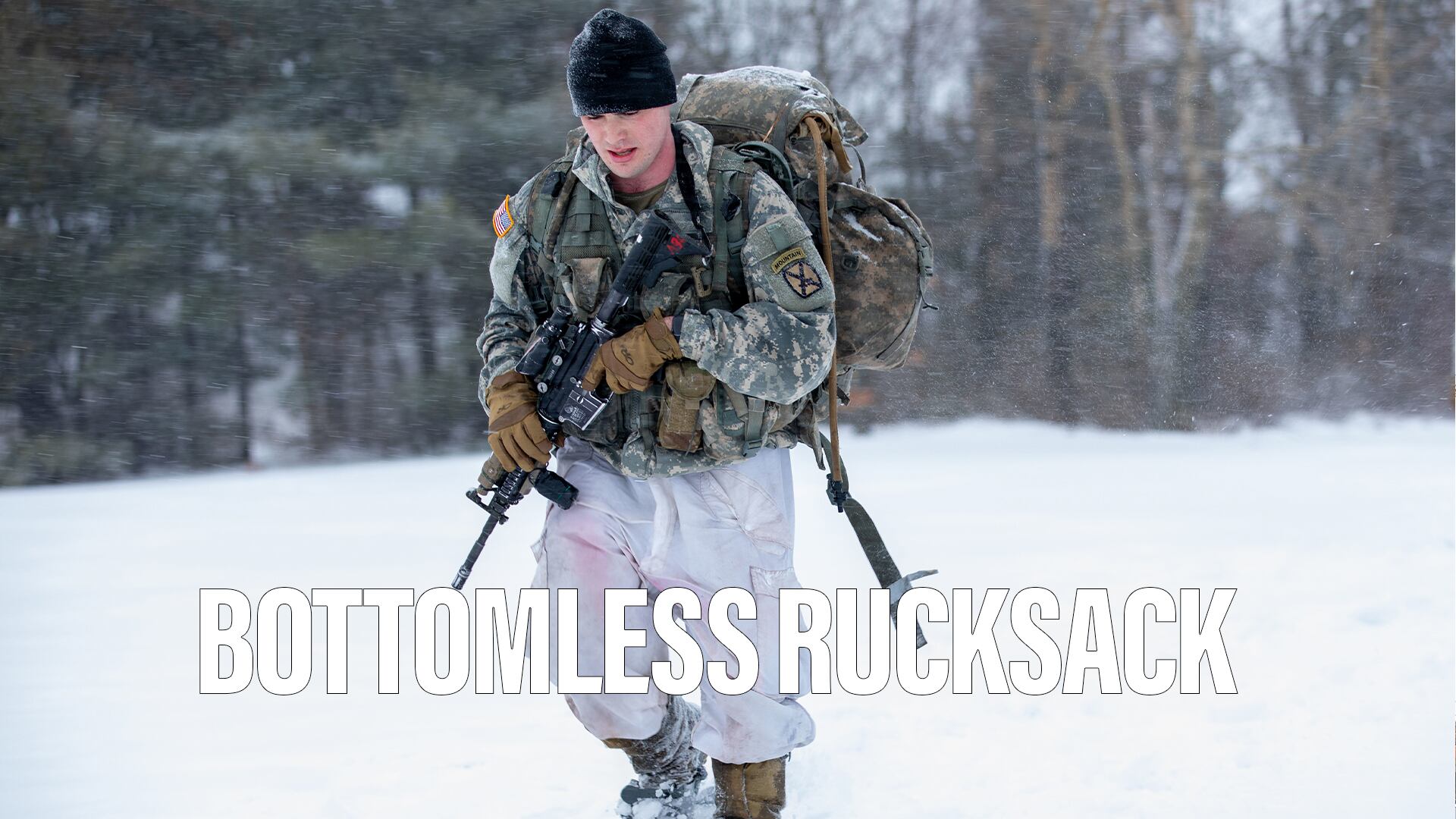Well into the second decade of the 21st century, the future employment of the US Army remains in doubt. The Army, the pre-eminent ground combat force on the planet, is bedeviled by two fundamental questions regarding its future.
The first, on the nature of the roles and missions that the Army executes, is intrinsically linked to the second: how the Army executes that mission. Rather than surrendering to bureaucratic inertia, the Army and its civilian leaders must critically examine the answers to these questions.
The Army exists to fight and win our nation's wars. In the absence of open conflict, it deters aggression by its readiness to execute this mission. In their role as a deterrent to war, soldiers have served as the ultimate manifestation of our nation's commitment. Simply put, America's interests end where boots on the ground end.
In view of these facts, the Army has historically maintained 30 to 50 percent of its forces outside the United States since World War II. This trend has changed precipitously since 1990.
At the fall of the Berlin Wall, more than 40 percent of the regular Army was stationed outside the US and its territories. The bulk of these forces was in Europe, witness to the successful culmination of the Cold War. By 2014, this number has shrunk to a mere 6 percent.
The Army succeeded magnificently in its role as a strategic deterrent. In long-term occupations that evolved to symbiotic stationing, it kept the peace in several countries, primarily in Europe and Asia, first strengthening them during postwar rebuilding and ultimately defending them from threats largely emanating from the Communist bloc.
This permanent forward presence provided a mission the regular Army alone could accomplish. Abandoning this strategy of deterrence must cause us to look closely at the daunting challenges of an expeditionary, home-based Army.
Testing Capabilities
During the Cold War, despite the approximately 200,000 American soldiers stationed in Europe, we regularly conducted an exercise known as "REFORGER," an abbreviation for "Redeployment of FORces to GERmany." Here, we tested our ability to rapidly reinforce our NATO allies with US-based units in case of building tensions with the Soviet Union. This was a planned exercise that taxed and tested our strategic transportation capabilities.
Today, the Army argues that the active force alone provides the requisite readiness to meet the vastly increased expeditionary demand. Training is presumed to be the greatest challenge and not the logistics required to move these heavy forces.
To test this foundational assumption, a REFORGER-type exercise to Poland or the Baltic states of an armored division would not only provide much needed training, but validate our expeditionary Army concept.
If we determine that it is transportation, and not training, that limits the expeditionary Army, this would bring into question the Army's plan to draw down the active components and much cheaper reserve components equally.
We know the threats from a resurgent Russia and an increasingly bellicose Beijing define our conventional challenges. Poland, the Baltic republics, Ukraine, Japan, Taiwan and the Philippines are some of our most likely areas of conflict requiring our conventionally focused Army. The nation has decided we will not use the previously successful strategy of a forward-stationed Army. The question is why?
Willingness To Deploy
Do we have an expeditionary Army that can handle the threat, or do we simply lack the will to do so? If the latter, then we must conclude that if we are unwilling to deploy US forces in time of peace, we are unwilling to do so in time of war, regardless of any technical ability to do so.
Ukraine and many of our newer NATO allies are debating this issue even if we are not.
Since 1775, my Army has fought and won our nation's wars, both in battle and through the threat of combat. If our landpower deterrence is now to be based in the United States, we must question the size of the active force as well as what national policy we seek to achieve. When we declare, antebellum, that there will be "no boots on the ground," we have proved to both allies and enemies the small regard the country has for the mission.
A grand strategy of "no boots on the ground" demonstrates a national disinterest in the affairs of men. Every retreat of our nation from world affairs has ended violently in recent history. Every time we have stood shoulder to shoulder with our allies, we have reaped success. Often we achieved these victories without violence.
Even should the expeditionary Army prove logistically feasible, itself an unproven assumption, the larger issue of an essentially missionless, large standing Army frames a debate that must be held in all corners of Washington, as well as the nation it represents, and not merely relegated to the E-Ring of the Pentagon.
________
Darling is a graduate of the United States Military Academy.








